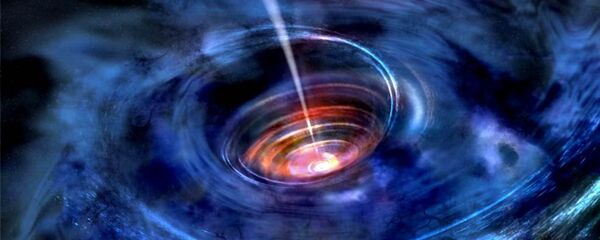Mark Seibert of the Observatories of the Carnegie Institution for Science, and Lea Hagen, a graduate student at Pennsylvania State University, wanted to conduct an ordinary observation of a typical elliptical galaxy — and they chose the boring UGC 1382.
Bizarre, enormous 'Frankenstein' galaxy possibly formed from parts of other galaxies: https://t.co/ILInkBPWaW pic.twitter.com/w6jzMvgMQz
— NASA (@NASA) July 11, 2016
But while checking data from NASA telescopes, including ultraviolet light images from NASA's Galaxy Evolution Explorer (GALEX), it dawned on them that was no ordinary galaxy.
First of all, the galaxy was much bigger than it had initially seemed: 718,000 light-years across,that is about seven times the width of our galaxy- the Milky Way.
"We saw spiral arms extending far outside this galaxy, which no one had noticed before, and which elliptical galaxies should not have," said Hagen, who led the study. "That put us on an expedition to find out what this galaxy is and how it formed."
The more one moves to the galaxy's outer regions, the younger the stars one can observe. In this case, the opposite was true.
"The center of UGC 1382 is actually younger than the spiral disk surrounding it," Seibert said.
"It's old on the outside and young on the inside. This is like finding a tree whose inner growth rings are younger than the outer rings."
This strange architecture is probably the outcome of several galaxies of different ages merging into the composite business UGC 1382 is now. That caused the galaxy to be promptly dubbed "Frankenstein." This is so far the only known case of a galaxy forming this way, although obviously the existence of other similar galactic patchworks cannot be ruled out.






